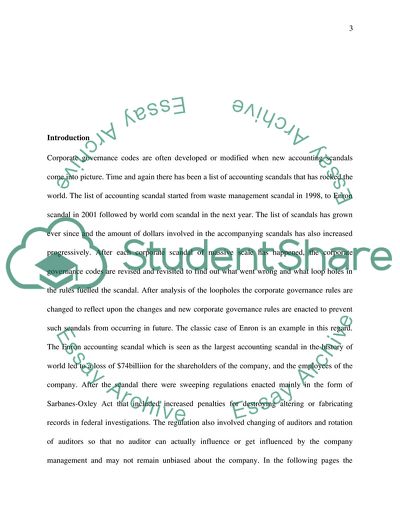Cite this document
(Corporate governance Essay Example | Topics and Well Written Essays - 2750 words - 2, n.d.)
Corporate governance Essay Example | Topics and Well Written Essays - 2750 words - 2. https://studentshare.org/finance-accounting/1859759-corporate-governance
Corporate governance Essay Example | Topics and Well Written Essays - 2750 words - 2. https://studentshare.org/finance-accounting/1859759-corporate-governance
(Corporate Governance Essay Example | Topics and Well Written Essays - 2750 Words - 2)
Corporate Governance Essay Example | Topics and Well Written Essays - 2750 Words - 2. https://studentshare.org/finance-accounting/1859759-corporate-governance.
Corporate Governance Essay Example | Topics and Well Written Essays - 2750 Words - 2. https://studentshare.org/finance-accounting/1859759-corporate-governance.
“Corporate Governance Essay Example | Topics and Well Written Essays - 2750 Words - 2”. https://studentshare.org/finance-accounting/1859759-corporate-governance.


